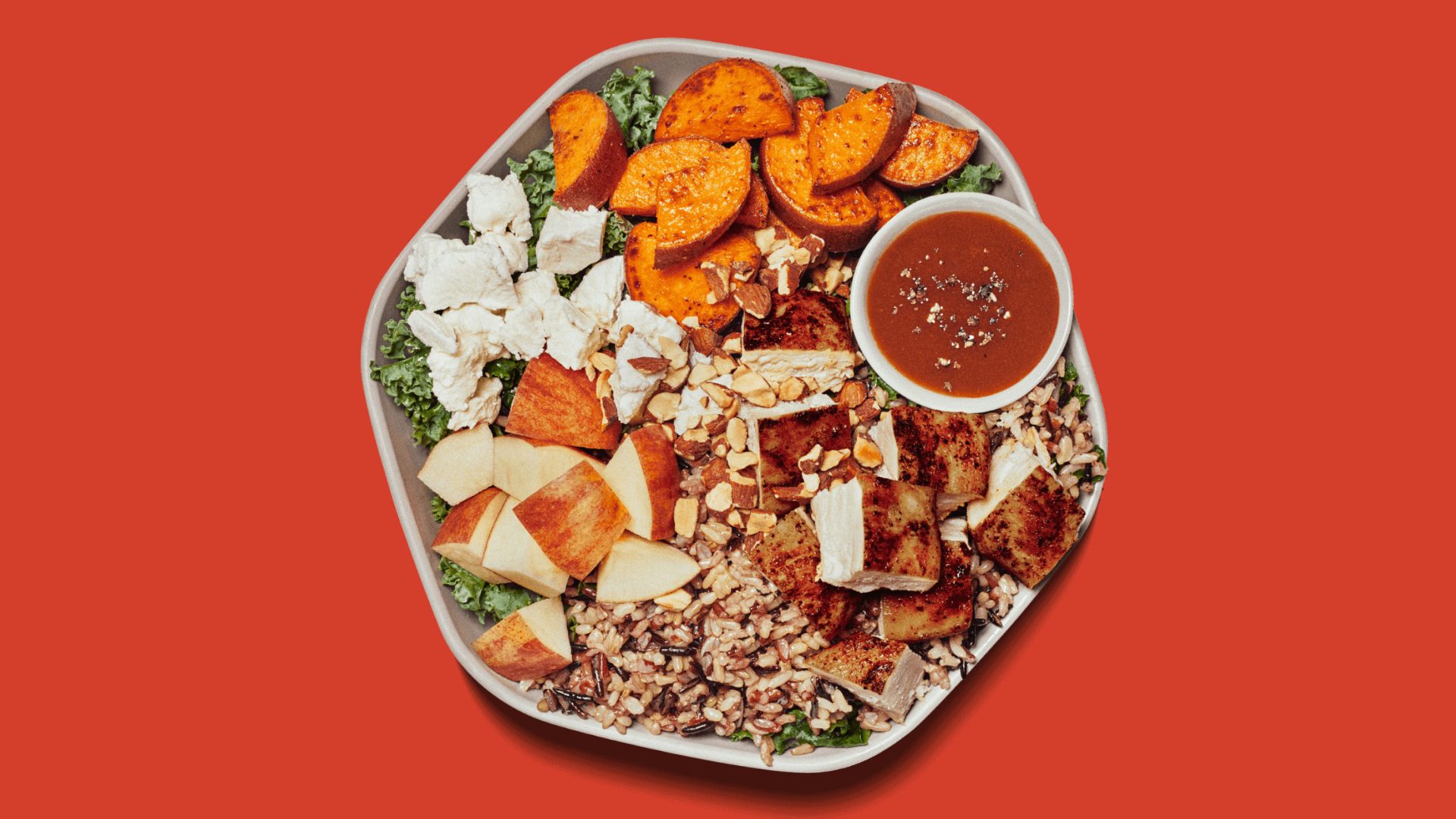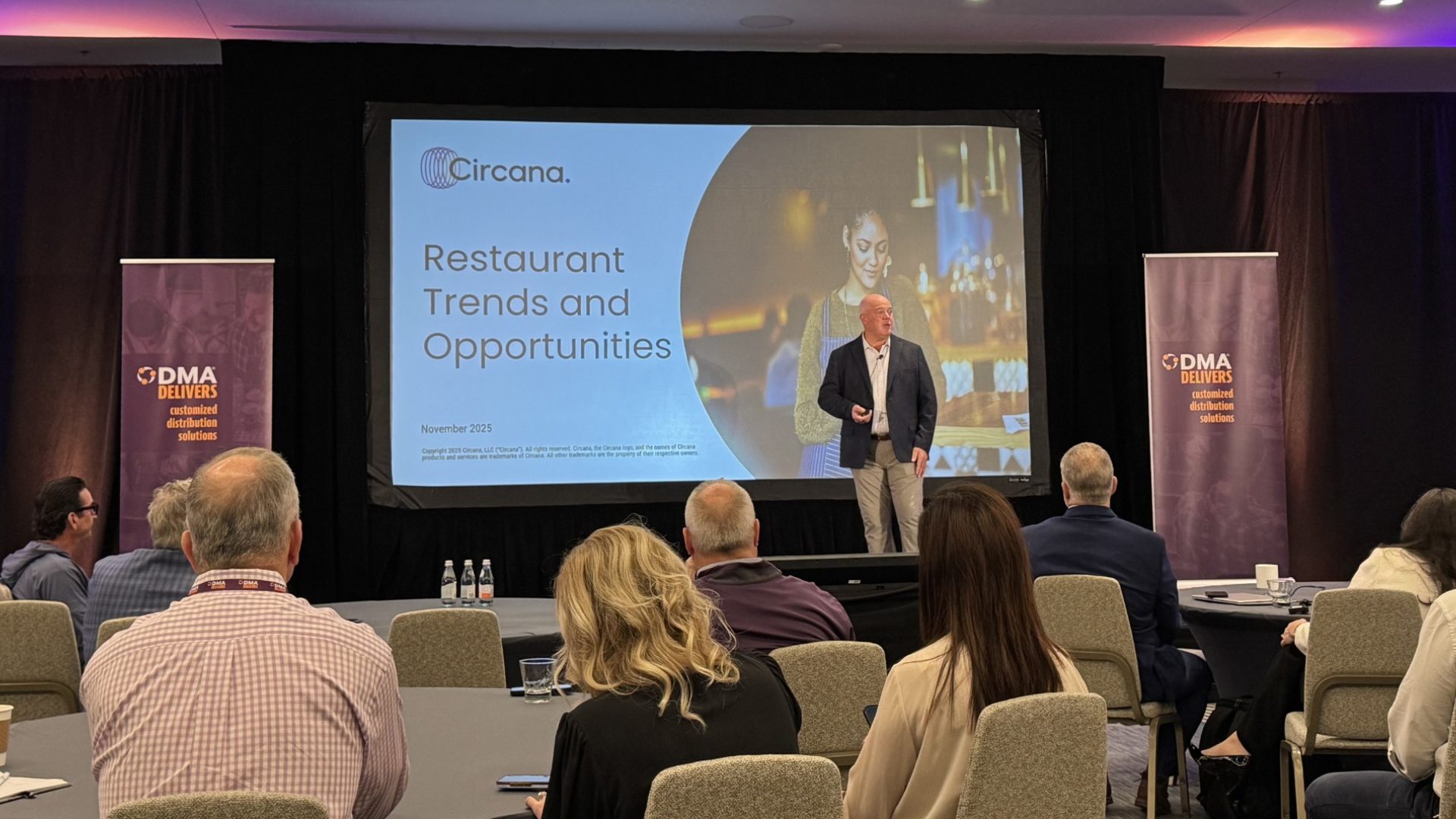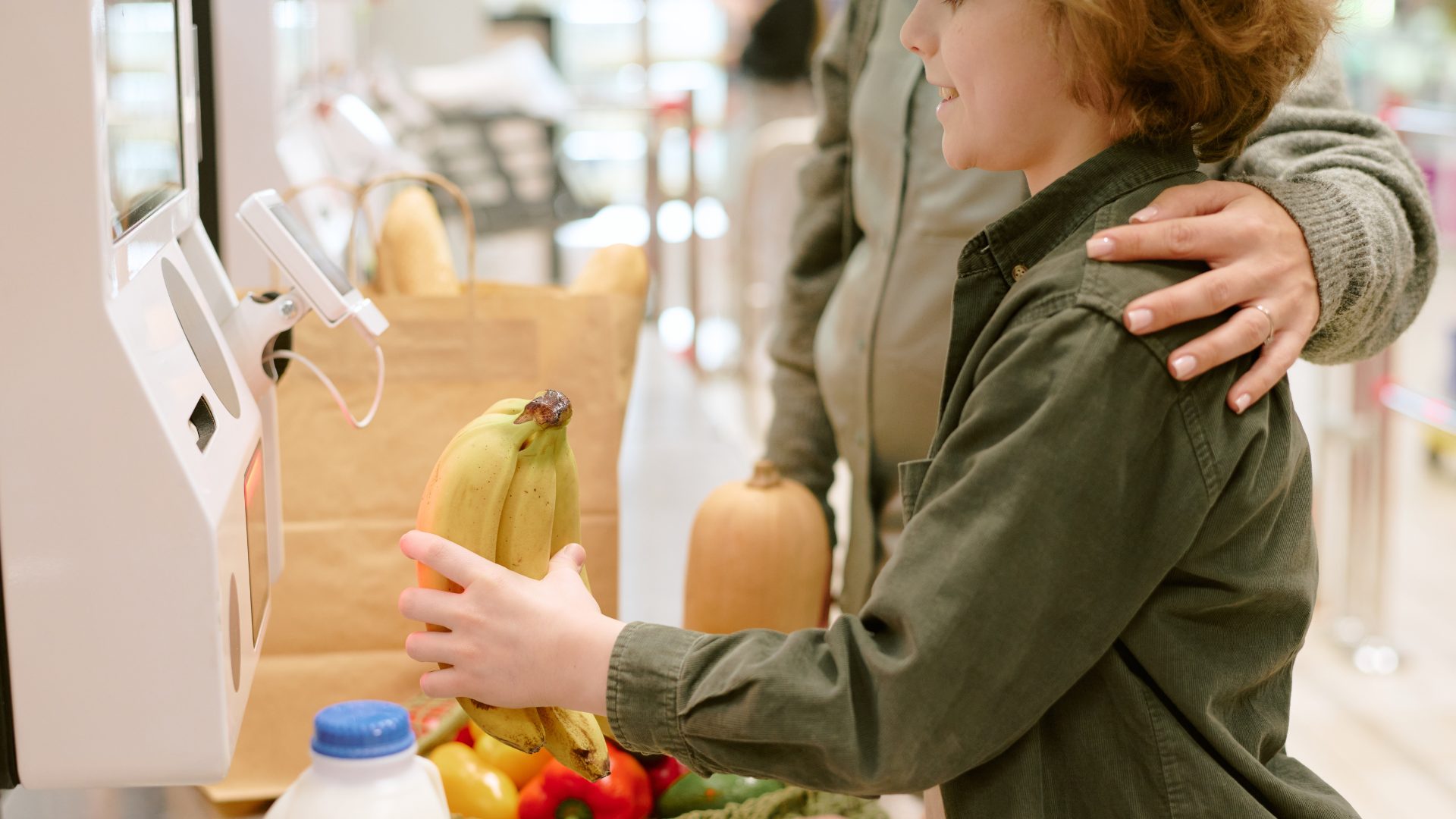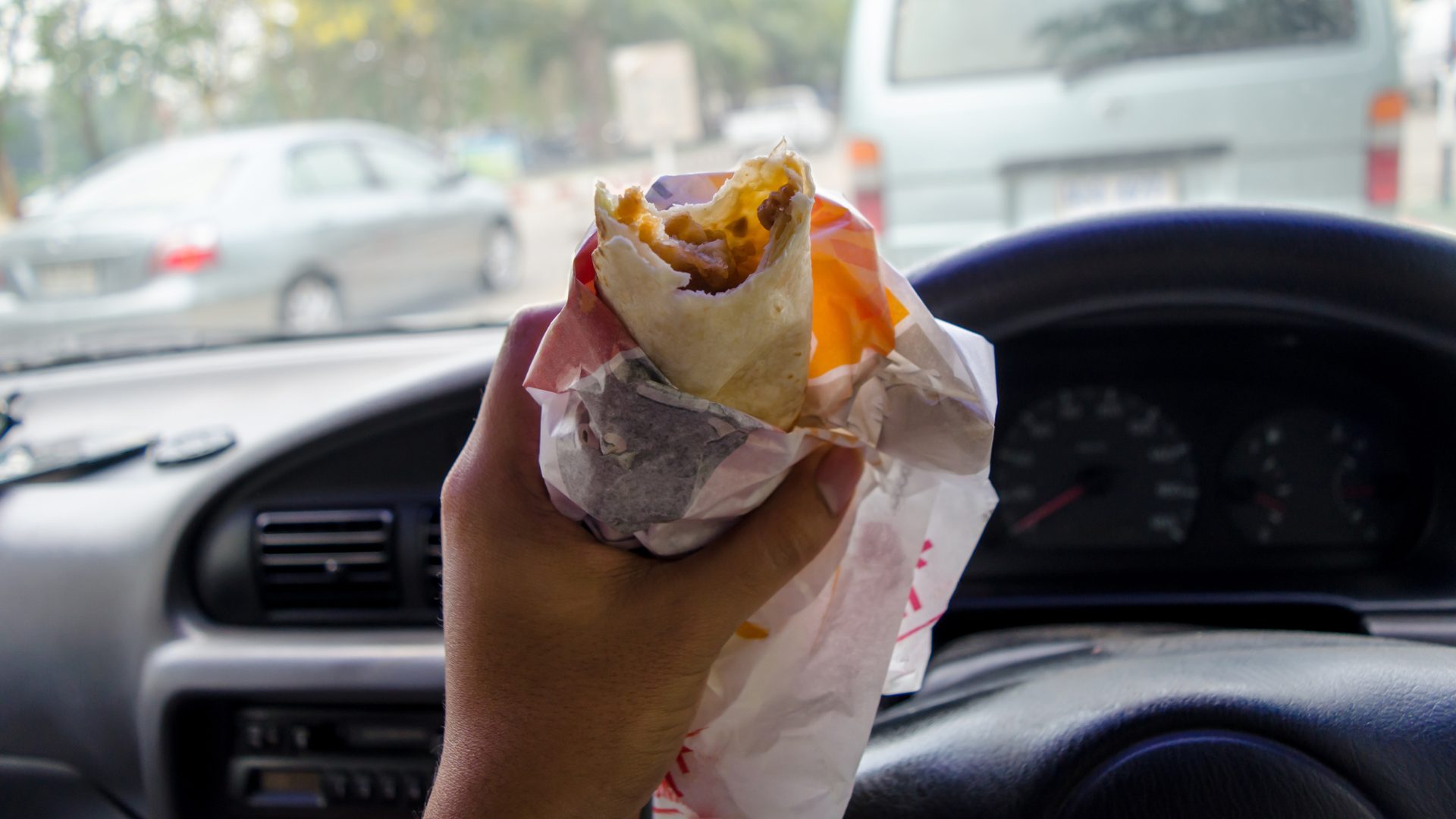If restaurants want to get more diners through the door in these uncertain economic times, they need to consider promotions and eye-catching discounts, a report from YouGov indicates.
They also need to think of ways to enhance the experience, experts told The Food Institute.
With prices higher, the job market wobbling and other pressures, the “worth it” factor plays a key role in where would-be restaurant-goers decide to eat.
Diners are conserving their restaurant dollars amid rising prices and what they view as an uncertain economy, a YouGov poll indicates.
“It’s not just higher prices. It’s higher prices combined with a decline in quality of service and food,” Forrest Leighton, senior VP for Marketing at Chatmeter, told FI.
“Consumers on a budget want food to feel ‘worth it’ when they splurge on dining out or takeout, and many restaurants are not delivering on this,” Leighton said.
The YouGov report found 37% of respondents said they’re dining out less frequently than they did last year, with 69% citing cost as the reason and half saying they’re trying to save money. Just 28% said they think restaurant prices are fair. To deal with that, 60% said they’re going to less expensive restaurants, seeking discounts – especially two-for-one offers, free desserts and appetizers, or loyalty points – and ordering fewer items.
The survey comes amid a six-month low in consumer confidence as measured by the Conference Board.
The James Beard Foundation’s annual survey of independent restaurants noted most eateries are facing unprecedented cost pressures, forcing them to raise prices, said Anne E. McBride, the foundation’s VP for impact.
Those pressures include rising operational and wage costs, as well as unforeseen disruptions caused by politics and climate change, tariffs on ingredients and the current immigration crackdown.
“Large chains and quick-service restaurants may be able to absorb price increases because they buy in bulk from a variety of sources. A small restaurant will be far less able to absorb those costs without raising menu prices,” said Izzy Kharasch, president of Hospitality Works.
“Consumers have been pressured with rising restaurant prices since 2020, and, while people are still going out to eat, they’re doing it more judiciously: forgoing appetizers, cutting back on cocktails and sharing entrees and desserts. All of this is already pressuring a restaurant’s profit margin, and while it might be tempting for them to raise prices as a quick fix, it may lead to a further drop in demand.”
Fast-food fared the best in the YouGov poll, with 51% of those queried saying they hadn’t changed their dining out behavior in the last 12 months, followed by casual dining establishments at 50%.
The report said restaurant promos offered on social media and through newsletters were among the best ways to get diners through the door, especially millennials and Gen Zers.
Additionally, 77% of respondents said they had participated in loyalty programs.
Right now, Burger King and KFC have the most traction among QSRs, although McDonald’s still gets the most consideration from potential diners. In the casual-dining sector, Texas Roadhouse and Chili’s are gaining the most while among fast-casuals, Waffle House is garnering the most interest.
In the specialty sector, Starbucks and Dunkin’ dominate the category, but Cold Stone Creamery and Chuck E. Cheese registered the most gains.
Food for Thought Leadership
Is the future of flavor increasingly borderless? Valda Coryat, vice president of marketing for condiments and sauces at McCormick, reveals how curiosity powers McCormick’s flavor foresight, why segmentation by “flavor personality” matters, and how flavors are becoming more culturally driven.











